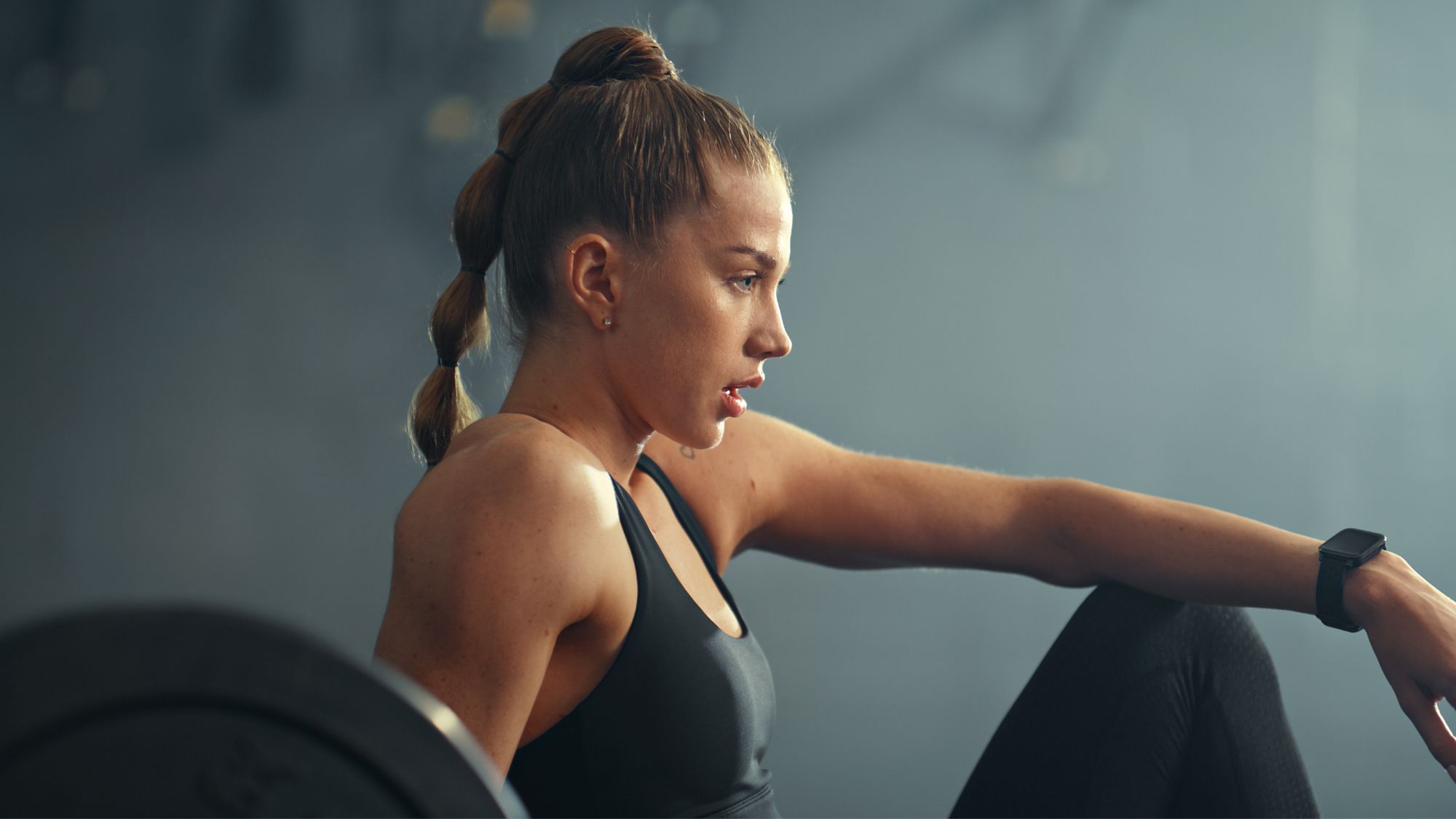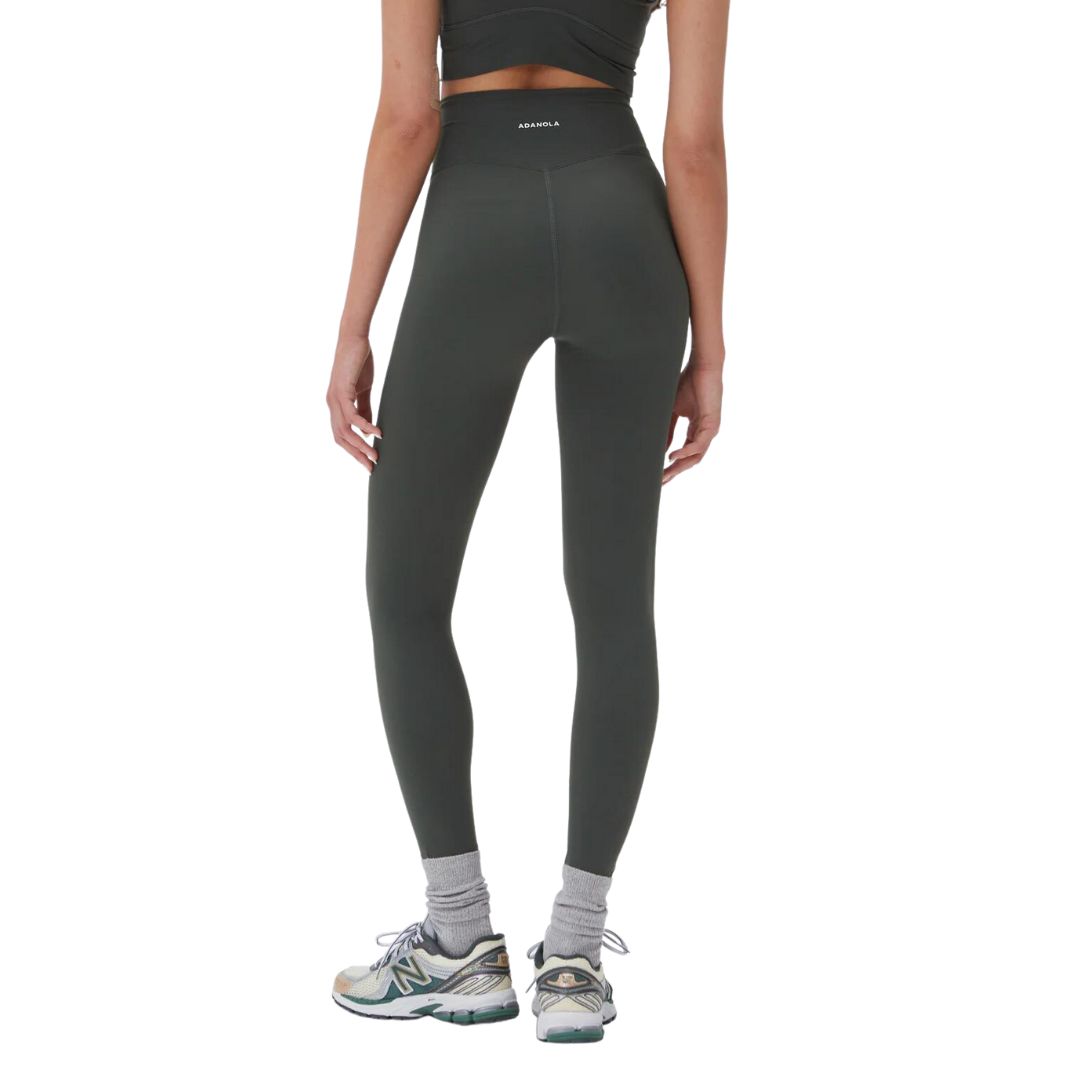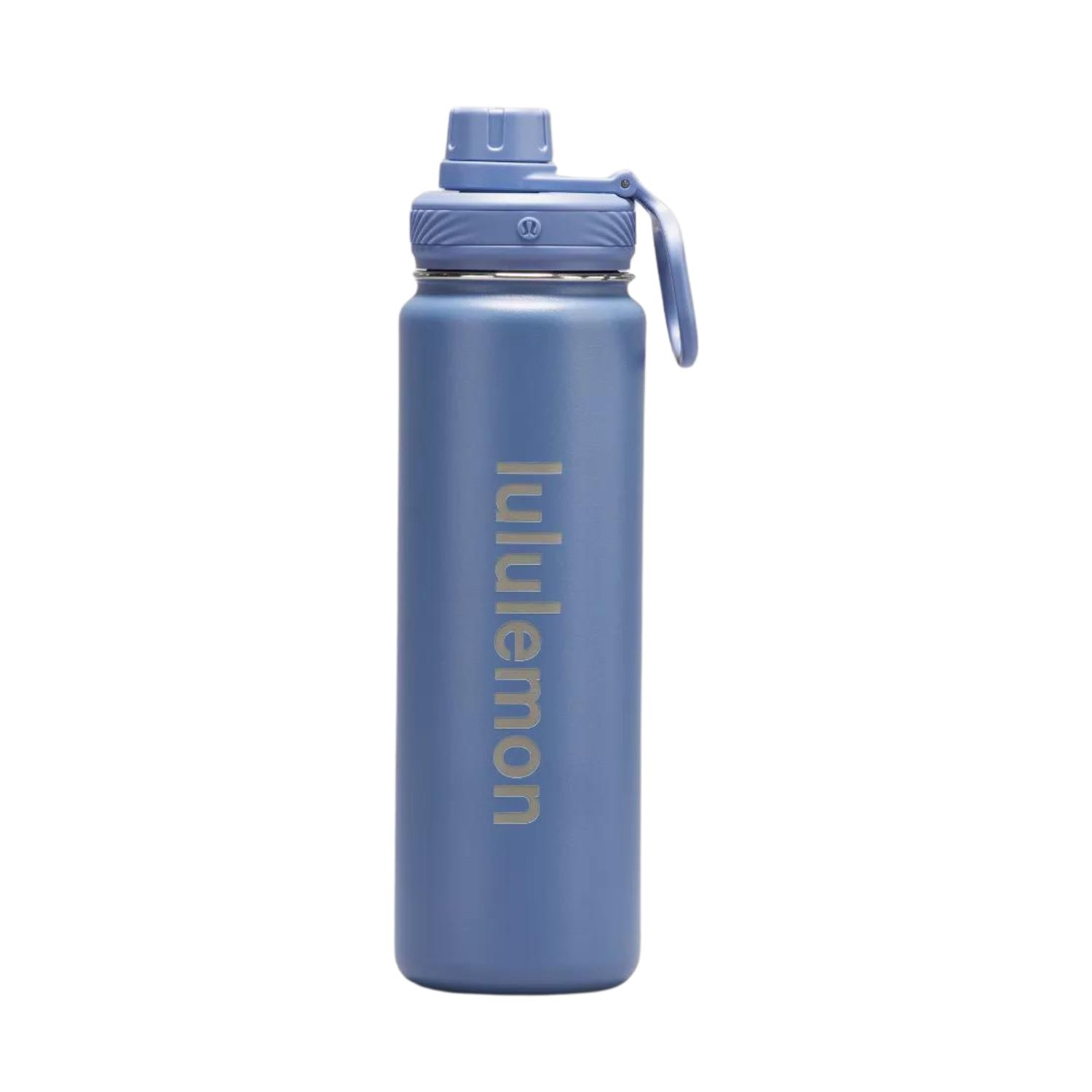Low-intensity strength training is currently at breakout on Google - why it's arguably one of the best workouts you can do
Build muscle *and* confidence.


We live in a high intensity world. We work, socialise and sleep hard and fast, and our exercise routines are no different. It's no surprise workouts like HIIT and SIT have become so popular in recent years, getting us in and out of the gym in record time while packing in health benefits. But perhaps in direct response to that, low-intensity strength training has become all the rage recently, with searches on Google up by over 5000%.
The shift towards low-intensity strength work is no bad thing, by the way. It can lead to significant muscular hypertrophy and strength enhancements, according to a Journal of Applied Physiology study. A further 2024 paper from Neuroscience & Biobehavioral Reviews also shows low intensity workouts can reduce the risk of depression by 23% and anxiety by 26%.
As a fitness instructor and Health Editor, I think low-intensity strength training can be a great thing to add to your routine. Below, I deep dive into the trending workout and share the main, research-backed reasons it's so beneficial for you. Low impact workouts are also great if you're recently injured or keen to protect your joints. Don't miss our guides to low impact Pilates workouts and low impact strength training, while you're at it.
Your extensive guide to low-intensity strength training
What is low intensity strength training?
Low intensity exercise can be defined many ways. Sometimes, it's defined by your heart rate: a heart rate of around 50-65% of your maximum could be considered low intensity.
Other times, it's defined by effort. In strength training, low intensity might be considered using a weight that's around 65% of your one rep max (the weight most amount you could lift).
If that sounds too technical, then low-intensity strength training could also be seen as exercise that uses resistance but doesn't make you feel too puffed out or load the muscles to the extreme, such as Pilates or light weight, high rep workouts.
"Low-intensity strength training uses bodyweight or lighter resistance and focuses on slow, controlled movements," explains Rils Anibaba, F45 Training Athlete. "It emphasises technique, stability, and endurance rather than threshold and maximal strength work."
Celebrity news, beauty, fashion advice, and fascinating features, delivered straight to your inbox!
What are the benefits of low-intensity strength training?
Low-intensity strength training comes with loads of benefits. It's important to remember that high-intensity strength training - such as lifting heavy weights - is important for building overall strength and power in the body. But to balance out your workouts, or on the days that you need slower, calmer options, low-intensity strength training can be brilliant for you.
"The relaxed pace of these workouts is ideal for beginners, helping them build foundational strength with a lower risk of injury. But it is accessible to all - easily adapted to being done at your speed and at a resistance that suits your body," says Anibaba.
1. Improved strength and faster recovery
Korea National Sport University studied the effect of low-load, high-repetition resistance training in weightlifting athletes who were used to high-intensity strength training.
Researchers found the low-intensity workouts led to significant muscle growth and strength improvements while reducing muscle damage compared to the high-load training. It suggests quicker recovery and less fatigue, making low-intensity strength training a good alternative for improving strength and performance with fewer negative side effects.
2. Better muscular endurance
Muscular endurance refers to how long your body can withstand load. As low-intensity strength training tends to be done with lighter load for more reps, it builds the body's ability to endure weight. That will be beneficial when walking, jogging, running or doing other physical challenges that last a longer period of time.
3. Improved mobility and flexibility
Low-intensity strength training includes modalities like Pilates, which are associated with improved range of motion.
Even if you're opting for traditional strength training exercises at a lower intensity, you'll be improving your range. Research shows that low-intensity resistance training helps increase muscle activation and improve movement patterns, helping create functional mobility.
4. Reduces stress
While high-intensity training is great for making physical adaptations fast, it can be stressful on the body and, if not balanced carefully, lead to overtraining syndrome.
Low-intensity strength training, on the other hand, is a great way to move your body and build strength without excess stress. Low-intensity training may be a more sustainable approach for busy people looking to train without adding more stress.
6 best low-intensity strength training workouts to try
1. 12-minute core-focused Pilates by Lottie Murphy
What? A short-and-sweet Pilates core workout.
Why? If you have (just over) 10 minutes, you can't go wrong with a core-focused class - working the foundation of your body to improve all-over-strength.
How long for? It's just 12 minutes.
2. 20-minute barre arms workout by FitByMik
What? A standing arms workout using light dumbbells.
Why? An all-standing workout means no intense jumping or large range of motion. And the barre-esque workout is a low-intensity winner, made of high reps that build strength without extreme overload.
How long for? A 20-minute burn.
3. 25-minute full-body mobility workout by Julia Reppel
What? A mobility workout that improves range of motion by strengthening and stretching the joints and muscles.
Why? Strength training doesn't just mean lifting weights. Mobility is a brilliant practise for building functional strength with low intensity.
How long for? This is a 25-minute practise.
4. 30-minute low-impact strength and cardio workout by Puzzle Fit
What? A workout that packs in weight training without the intensity.
Why? A fully adaptable workout, using dynamic and isometric moves, taken at your own pace and resistance.
How long? A 30-minute workout.
5. 30-minute resistance band strength workout by Juice and Toya
What? A full-body workout using resistance bands to build strength.
Why? Resistance bands are a good way to build strength without intensity, working the muscles well without heavy or extreme load.
How long for? This is a great 30-minute workout.
6. 35-minute Pilates workout by Move With Nicole
What? A Pilates-style resistance workout perfect for all levels.
Why? Pilates is a brilliant way to add resistance and build strength without the intensity. You'll be improving muscular endurance with the high-rep work while improving mobility, too.
How long for? It takes 35 minutes.
Shop MC UK approved fit kit now:

Chloe Gray is a freelance journalist who writes and talks about health, fitness, and wellbeing through a feminist lens. She was part of the launch team for Stylist magazine's fitness brand, Strong Women, and has written for i news, Women's Health, Red magazine, Good Housekeeping, Refinery29, and more. She's all about building mental and physical strength, eating delicious food that fuels you well, and making the fitness industry more accessible and enjoyable. She's also a qualified fitness trainer and research nerd, so you can be sure everything you read is backed by proper science.








